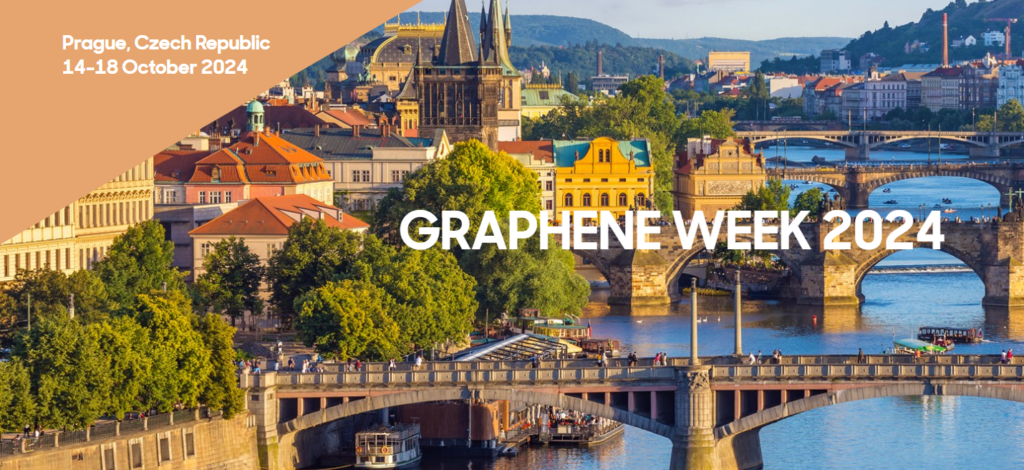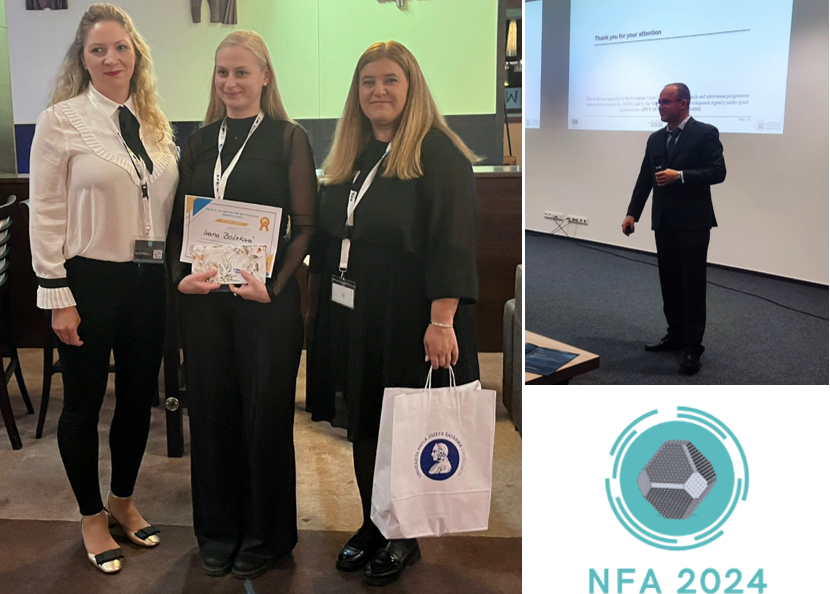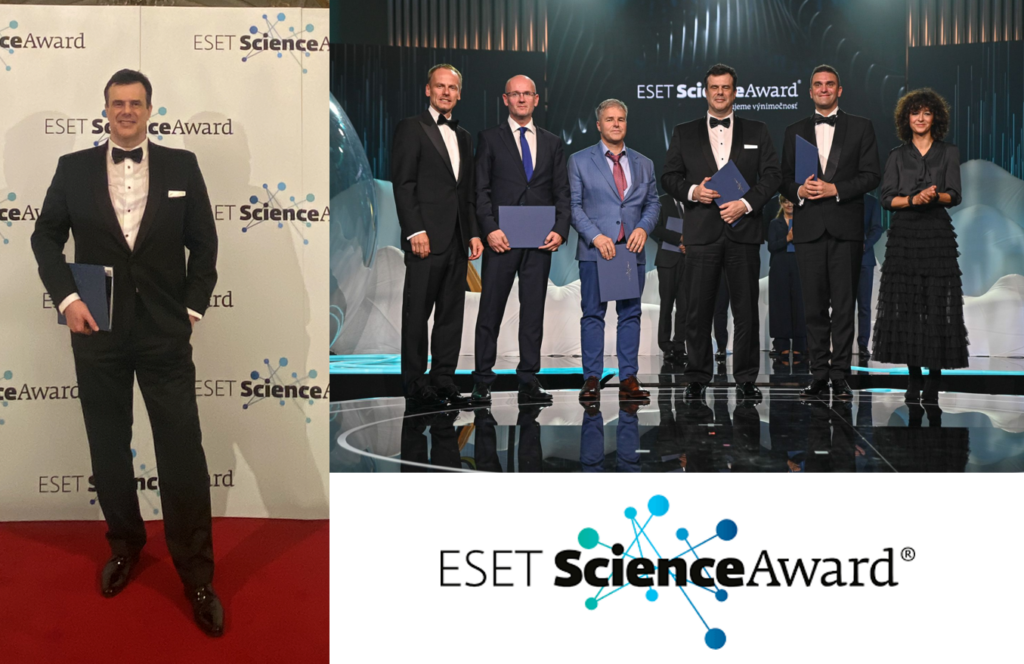Lecture title: Internal and External Control of Excitons in Colloidal Quantum Dots
Presented by: Dr. Jennifer A. Hollingsworth
Time and place: The lecture will take place on Friday, October 21st, 2024, at 10:00 am, in the large conference room of the Comenius University Science Park.
Abstract. Colloidal quantum dots (cQDs) synthesized in simple laboratory flasks are finding real-world applications in demanding technologies from displays and lighting to photovoltaics and photodetectors. In the future, cQDs may be the basis for single-photon devices in quantum networks. Beyond quantum-size control, we pursue an expanded “structural toolbox” to synthetically engineer new quantum emitters with targeted photophysical properties, including non-blinking behavior, biexciton enhancement, dual-color emission. Taking advantage of their solution-phase processibility, we prepare cavity- or antenna-coupled cQD hybrid materials using, e.g., deterministic, direct-write nanointegration. The former—precision synthesis—affords internal control over excitonic properties, while the latter—hybrid materials fabrication—affords external control via local environmental effects.
About the speaker. Dr. Jennifer A. Hollingsworth is a Laboratory Fellow at Los Alamos National Laboratory (LANL). She is a Fellow of the American Chemical Society (ACS), the American Physical Society (Materials Physics) and the American Association for the Advancement of Science (Chemistry), and serves as an elected Councilor for the ACS Division of Colloid & Surface Chemistry. She holds a BA in Chemistry from Grinnell College and a PhD degree in Inorganic Chemistry from Washington University in St. Louis. She joined LANL as a Director’s Postdoctoral Fellow in 1999, becoming a staff scientist in 2001. In 2013, she was awarded the LANL Fellows’ Prize for Research for her discovery of non-blinking “giant” quantum dots. She serves as Thrust Leader for Nanophotonics & Optical Nanomaterials in the Center for Integrated Nanotechnologies (CINT), a US-DOE Nanoscale Science Research Center and User Facility. Her research interests include discovery, rational design, and development of novel colloidal quantum emitters, unique synthesis and assembly techniques (e.g., automated synthesis, microfluidics-enabled nanowire growth, and scanning-probed-enabled direct write nanointegration), and nanomaterials applications, such as bioimaging, solid-state lighting and single-photon quantum light sources. In these areas, she has ~125 publications, >17,000 citations, and an h-index of 54.
You can find more in the invitation here: [.pdf]





